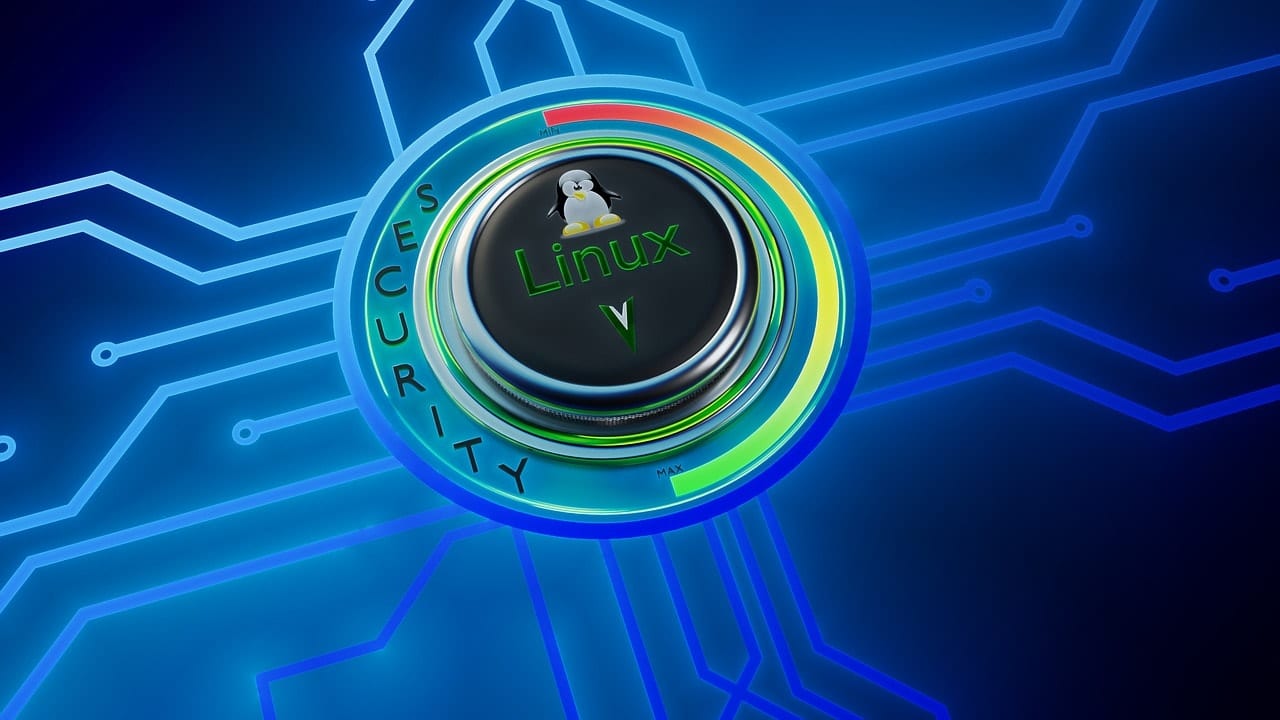According to Phoronix, Linux 5.1 contains 17.8 million lines of code and 3.3 million lines of comments. ”On the whole, 5.1 looks very normal with just over 13k commits (plus another 1k+ if you count merges), which is pretty much our normal size these days,“ said Linus Torvalds. Linux 5.1 arrived a bit late as compared to other releases due to some last-minute pull requests. “The requests weren’t big enough to justify delaying things over, and hopefully, the merge window timing won’t be all that painful either,” wrote Linus. Read: Chrome OS Now Brings VPN Support to the Linux Applications
Linux Kernel 5.1: New Features
The new Linux Kernel brings support for Intel 22260 Wi-Fi, mainline kernel support for the Raspberry Pi 3 Model A+support, support for Intel Fastboot and ability to use persistent memory as system RAM. Moving to some major changes, the biggest highlight of Linux 5.1 is the new high-performance I/O interface. The new io_uring interface will bring fast and scalable asynchronous I/O to Linux. it also adds a userspace library that allows apps to set up an io_uring instance without need of the ins and outs of the io_uring. The latest update brings support for the usage of persistent memory as RAM. Though it already been made clear that this could have some negative effects on performance, at least Linux is now giving an option to use NVDIMMs as additional RAM. Also Read: Project Elisa Launched For Linux in Safety-Critical Systems The new release comes with an improved fanotify interface that lets you monitor Linux file system for changes and bring a very scalable way to keep track of changes in the form of “superblock root watch” feature. Linux 5.1 also brings better support for Raven Ridge hardware. With Linux 5.1 users can also set their own Zstd compression level on Btrfs FS.
Linux Kernel 5.1: Security
Lastly taking about security, the Linux 5.1 comes with a new SafeSetID Linux Security Module (LSM). This will the entire process of switching user to root and running system-level commands a lot safer. We all know that when a command is executed as a root user, it can potentially do anything the root user can do, and that’s a bit dangerous. If you’re interested in diving deeper and exploring the new features of Linux Kernel 5.1, you can visit kernel.org for more.
